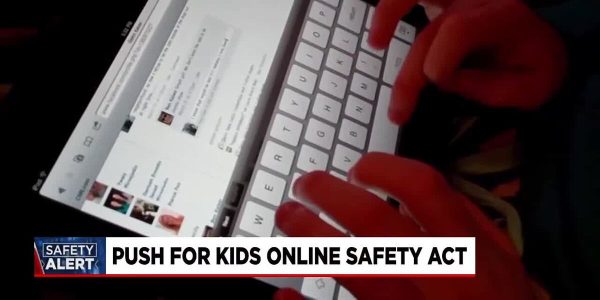From Stalls to Walls
When my class was entering our first year of kindergarten back in September, 2002, things were a lot different. We had princess and super hero lunch bags, we brought apples to our teachers, and the principal’s office, for those of us who didn’t know, was probably a torture chamber. We could not read or write, but we possessed a skill that has caused wars and crumbled nations. We could speak. Even from such a young age, we knew other’s words had an effect on us and our words had an effect on other people.
There was a girl in my kindergarten class; we sat next to each other, played on the playground together and rode the bus home in the same seat every day. To any adult, this seemed like an adorable kindergarten friendship.
It wasn’t.
Every day at naptime, she’d slide her blanket next to mine and tell me I was stupid. Although I didn’t fully comprehend what “stupid” meant, I knew enough to realize that stupid isn’t something you want to be. I continued to sit with her on the bus and play on the playground only because I was terrified to be called stupid again, or even worse, in front of other people. This was bullying back in the “good old days.” Face to face; something teachers and parents were used to and more capable of dealing with. It could be easily resolved, in most cases, because adults knew who was causing the problem.
A few years went by and we earned the right to call ourselves middle-schoolers. Some made the transition looking taller, prettier and more athletic than the majority of the sixth grade class. They ruled the school. Nobody dared to disagree with what these “elites” said or did, lest you become the victim; a social outcast, somebody plagued with unpopularity and nobody willing to join them at that lonely lunch table. We thought we would live in fear forever.
Finally one of our more cunning classmates, fed up with tiptoeing around the big shots, figured out a way to express their displeasure with their “leadership”, anonymously. They etched their feelings into a stall in the girl’s bathroom. Though it seemed like a stroke of pure genius at the time, this fellow sixth grader had opened a dangerous door to anyone who wandered into the restrooms. We were now free to write with no fear of consequence from the adults.
Those of us who believed that middle school would be a fresh start were horribly naïve in our thinking. The act of bullying had not gone away; the method had evolved into something more elusive and now the power was back in everybody’s hands.
The first time I saw the “F-bomb” written on a bathroom stall, I had no idea what it meant. Gradually, though my daily trips to the bathroom, my vocabulary expanded. At the beginning, students got their fix by scrawling nasty curse words on the stall doors. Then there were names. The rumors started. For once, there was nobody to blame.
The anonymity was a beauty for the bully and a curse for the accused. Although this was similar to girls whispering secrets at the lunch table, rumors can be traced back to the start. Now, only the walls could talk.
Anonymity became the key for any bully to continue their work without being accused. When someone is hiding behind a pen and metal stall, something curious happens. They become bold. They say things they wouldn’t dream of saying to a person’s face. They develop a sense of security behind the wall and think they are untouchable. Recently, this false sense of security pushed beyond the bathrooms and locker rooms of the school and into social media.
The most recent manifestation of bullying is though “confession accounts.” These accounts are specific to an area, mostly based on a school’s section in sports. Anyone who has a Twitter account can direct message the owner of a “confession” account. Direct messages can only be seen by the sender and the recipient. The idea is to send in embarrassing information about your school and have it posted as a “confession” to the account’s page.
Although this was intended to be humorous, students almost immediately began leaking personal information about other students and venting about teachers in front of an audience of seven thousand followers. Since the account has promised that every submission is guaranteed to stay anonymous, students submit false and hurtful material with little regard for the consequences.
Social media acts like a one-way mirror. The bully can hurl all kinds of insults from behind the mirror and never be seen. When the victim turns around, they are met with their own reflection. This begs the question, “what’s wrong with me?” As they begin to look internally for the answer, the person on the other side of the mirror is forgotten and allowed to slip away once the damage is done.
Bullying is as much a part of human nature as fear, or cowardice, or any other individual weakness. When these individuals, who are often too scared to step out from behind the bathroom stall, are confronted, it is easier to hold them accountable for their actions. When we find a way to once again put a face on bullying, we will be one step closer to beating it.










